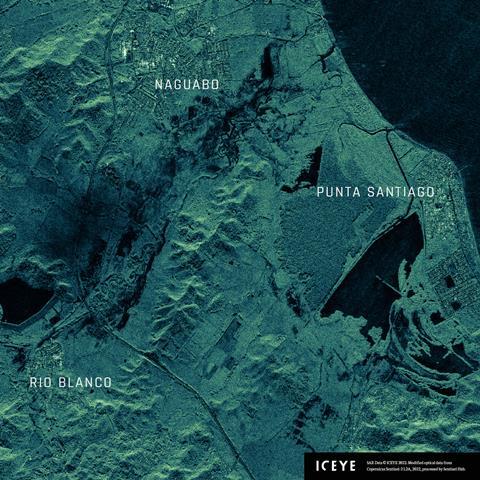Hurricane losses in Puerto Rico and the Dominican Republic will be influenced by duration of BI due to power losses - AM Best
AM Best expects insured losses from Hurricane Fiona in the countries hit hardest to date—Puerto Rico and the Dominican Republic—to be influenced by the duration of business interruptions due to power losses, but ultimately manageable for affected carriers.
The top 10 insurers in Puerto Rico account for more than 90% of the market share for the auto, fire and allied lines, homeowners/farmowners and commercial multi-peril (property) lines.
Two of these groups are extremely well-diversified, multinational insurers, but six of those top 10 companies are insurers with 100% of their exposure concentrated in Puerto Rico, representing approximately 43% of the market share for the aforementioned lines of coverage most at risk for sizable claim activity.
“It could take some time for claims adjusters in Puerto Rico to assess and estimate damages,” said David Blades, associate director, industry research and analytics.
“However, since Hurricane Maria in 2017, insurance companies on the island have taken significant action to manage their risk profiles better by tightening underwriting guidelines, sharpening risk management techniques, improving pricing and getting significant rate increases. Furthermore, most losses will be flood-related and not covered by a standard homeowner policy. Those losses would fall under the National Flood Insurance Program.”
The Dominican Republic experienced widespread flooding and property damage, with popular tourist destinations left without electricity.
However, a large part of the insurance portfolio is concentrated near Santo Domingo, the country’s capital, with less distribution in the regions where a greater impact from the hurricane is expected.
Hurricane Fiona moved across the U.S. Virgin Islands and Puerto Rico on 18 and 19 September, and also impacted the Dominican Republic and Turks & Caicos. Significant rainfall was observed, with 10-20 inches across portions of Puerto Rico.
This led to widespread flash flooding and mudslide issues, due to the hilly and mountainous terrain of the island, according to satellite earth observation firm ICEYE. It measures the extent of the floods at 53.2 square miles and at an average depth of 5.87 feet.











No comments yet